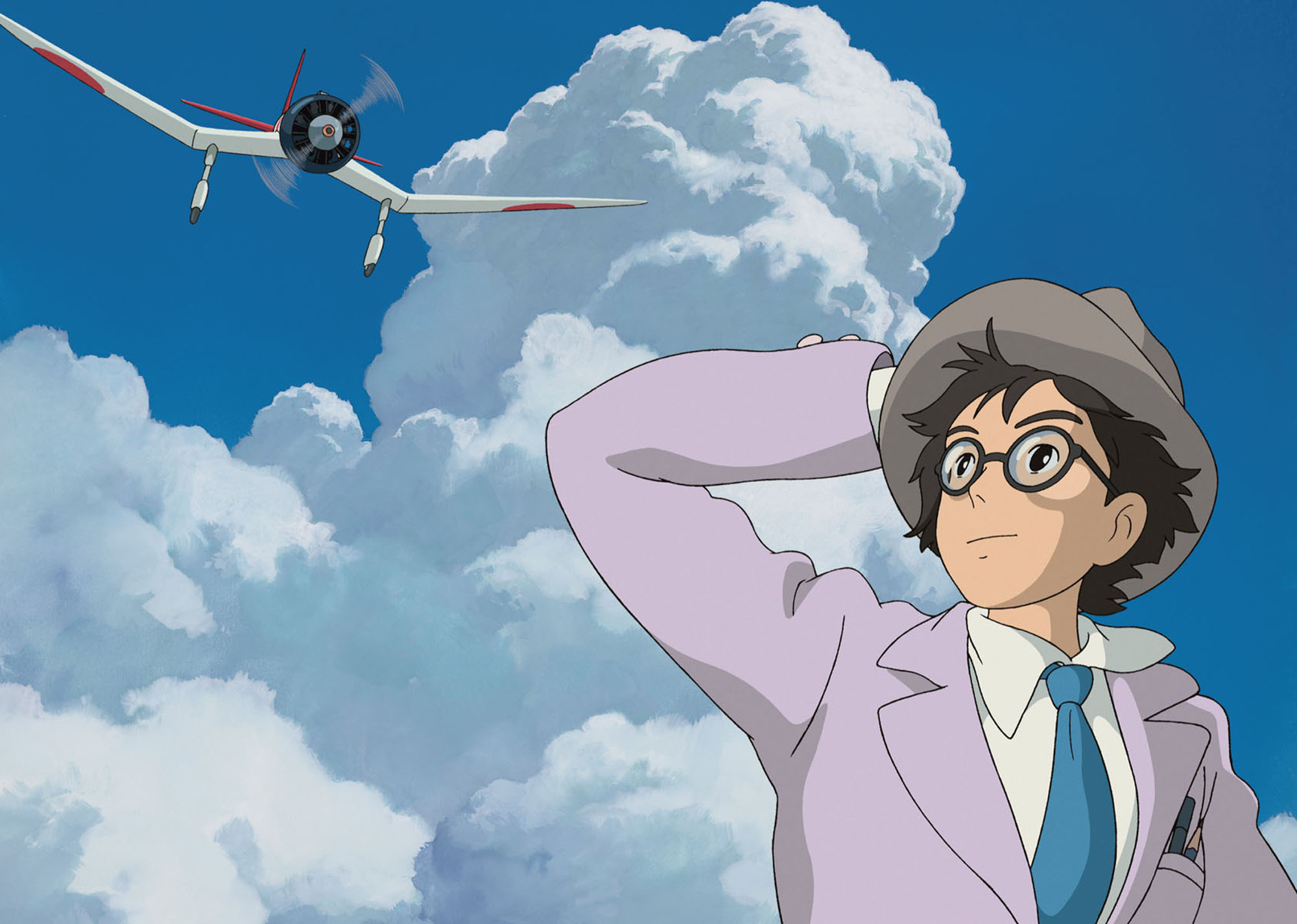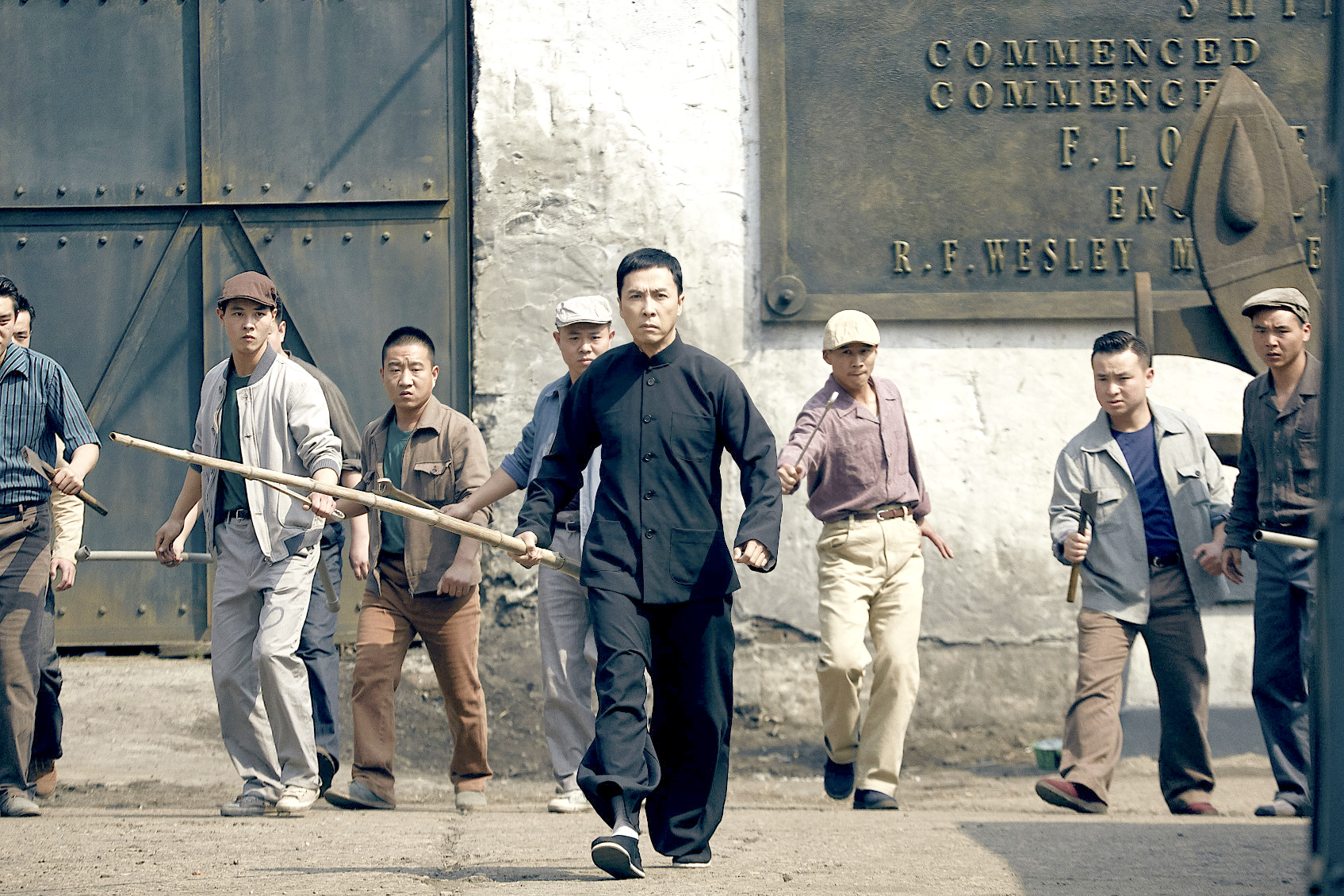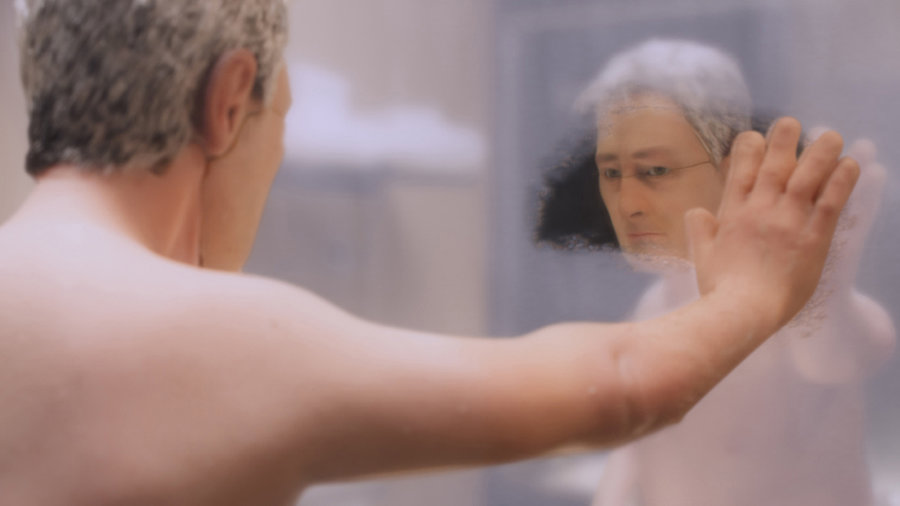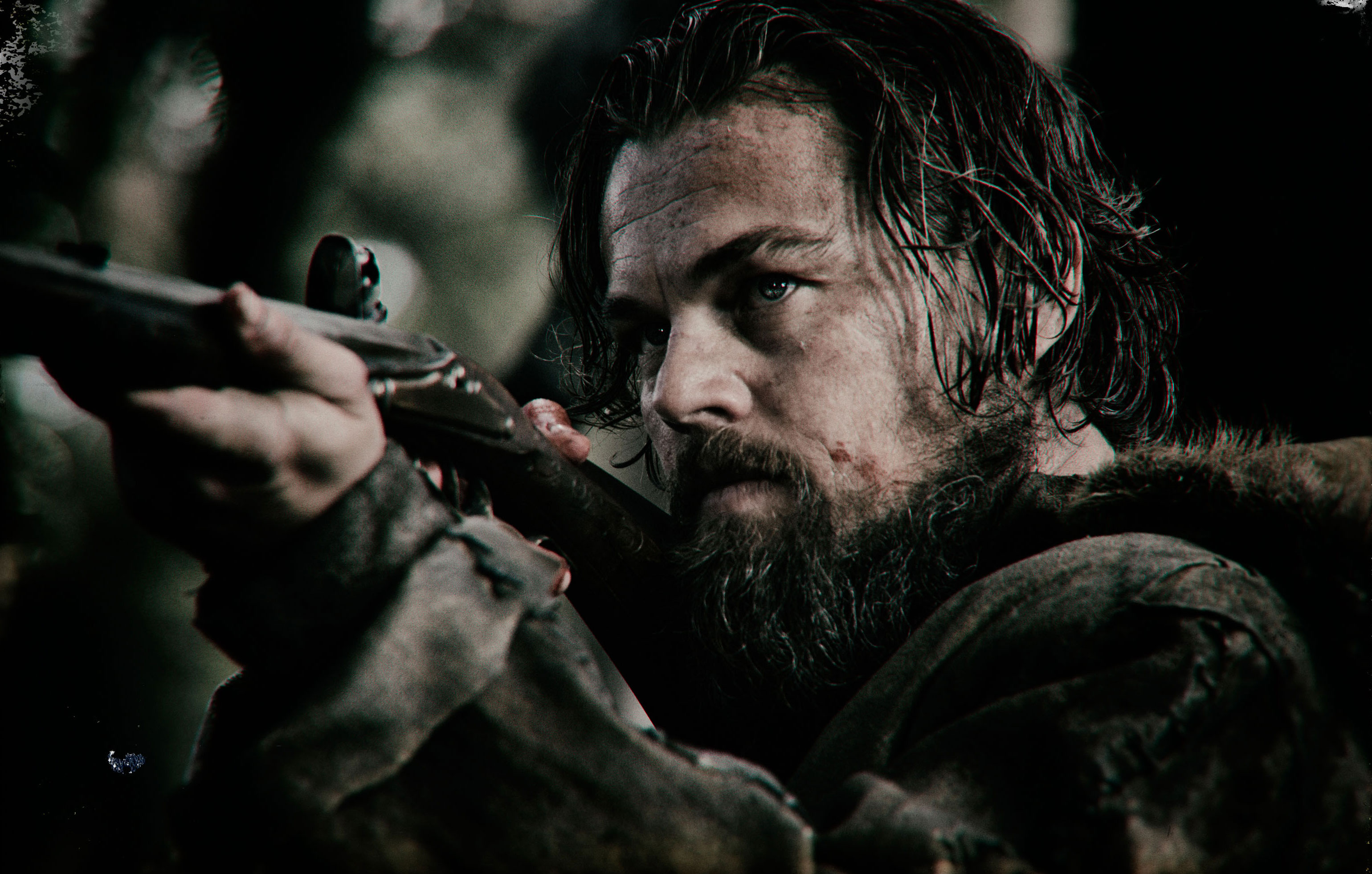The Wind Rises
Opens Fri., Feb. 21 at Cinerama and other theaters. Rated PG-13. 126 minutes.
Beloved animator Hayao Miyazaki has announced this as his final feature, which means The Wind Rises ought to be arriving on a parade float of acclaim, buoyed by pastel clouds and pulled by a collection of amazing imaginary creatures. And yes, the movie’s snagged an Oscar nomination for Best Animated Feature (Miyazaki won for 2001’s Spirited Away) and good reviews. But the valedictory lap has been slowed a bit by puzzled rumblings about the film’s subject, which—while loose enough to allow for fantastical sequences—is rooted in historical reality. On the one hand, a biographical study of engineer and airplane designer Jiro Horikoshi sounds like a great match for Miyazaki’s wistful style: It allows for beautiful flying sequences and perhaps some self-portraiture in its study of a detail-minded dreamer who assembles his creations from a combination of math-based design and pure imagination.
The problem? Horikoshi’s masterpiece was the Zero, Japan’s lethally efficient World War II fighter plane. Now, The Wind Rises is an antiwar film, and Miyazaki takes some pains to criticize the inter-war Japanese mindset. Still, I have to admit there’s something head-in-the-clouds about this movie’s soft treatment of its central character. The film is so full of dream sequences and wistful humor and regret about a lost love that it doesn’t begin to suggest a deep internal conflict in Horikoshi’s work on the machinery of death, if indeed he felt any.
If the movie does have a head-in-the-clouds spaciness, well—what clouds! And what fields, and flying machines, and cityscapes. Miyazaki mounts one spectacular early sequence around the catastrophic Japanese earthquake of 1923, a stunning vision of fire and fear. The title, referred to more than once, comes from a line from a Paul Valery poem: “The wind is rising! We must try to live!” That soulful stirring defines the film more than its curious treatment of a fighter-plane designer. Miyazaki is the rare film artist who appreciates the natural world; for him the wind is more than an idea—it’s a physical and spiritual force. That fact that he draws his visions rather than just photographing them makes his achievement all the more singular.
One technical note: I saw The Wind Rises in its Japanese-language, subtitled form. Its U.S. release—it’s been a huge hit in Japan—will have both subtitled and dubbed-into-English prints, depending on the theater. The dubbing cast is led by Joseph Gordon-Levitt, Emily Blunt, and Stanley Tucci.
film@seattleweekly.com







